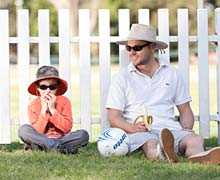Author Interviews, CDC, Dermatology, Education, Environmental Risks, JAMA / 16.03.2017
High Schools Less Likely To Adopt Sun Safety Practices
MedicalResearch.com Interview with:
Sherry Everett Jones PhD, MPH, JD, FASHA
Health Scientist, Division of Adolescent School Health
Centers for Disease Control & Prevention
MedicalResearch.com: What is the background for this study? What are the main findings?
Response: Skin cancer is the most common form of cancer in the United States. Results from the School Health Policies and Practices Study found that in 2014, most schools lacked practices that could protect children and adolescents from sun exposure while at school. Positive attitudes and beliefs about sun safety behavior, which would make such behavior more likely, can be promoted and supported by school system policies and practices.
(more…)

